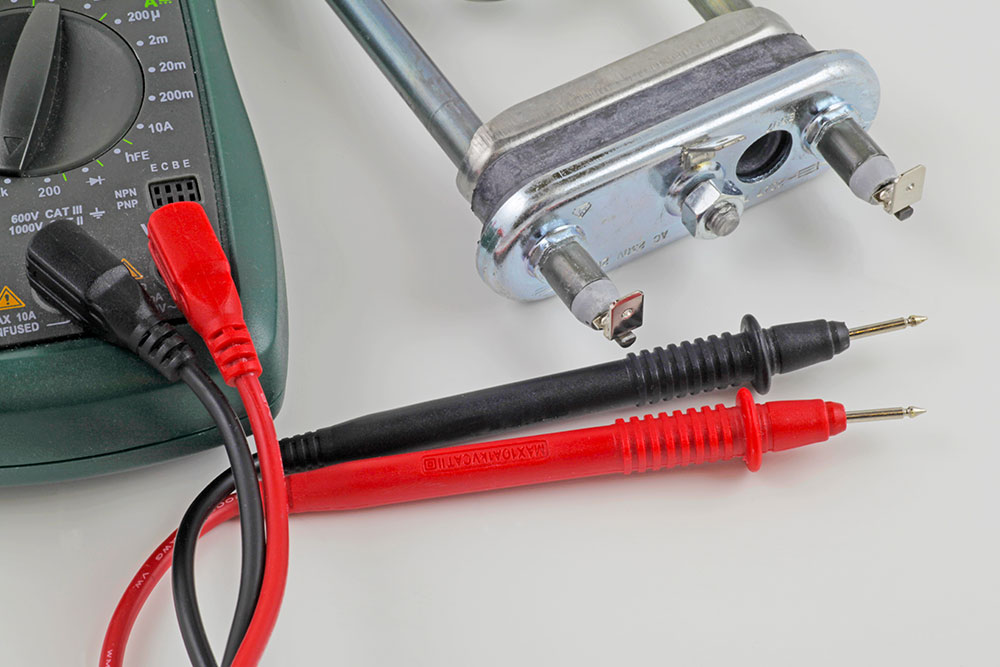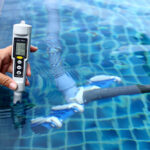
Do you use hand-held or hand-guided power tools regularly at work? Prolonged exposure to vibration from these tools can damage the nerves, blood vessels and joints in your hands and arms. This condition is known as hand-arm vibration syndrome (HAVS).
In this blog, we explain what HAVS is, what causes it, the symptoms to watch for and potential treatments.
Key Takeaways
- Regular and prolonged use of hand-held vibrating power tools can damage the nerves, blood vessels and muscles in the hands and arms. This condition is known as hand-arm vibration syndrome (HAVS).
- If you work in construction, forestry, roadwork or vehicle repair, you face a higher risk.
- Common symptoms include numbness, tingling, weak grip and white fingers in the cold.
- Risk increases with tool vibration levels, exposure time, cold conditions and lack of breaks.
- HAVS symptoms get worse over time and may become permanent if ignored.
- Prevention includes using the right tools, taking breaks, maintaining equipment and reporting symptoms early.
What is Hand Arm Vibration Syndrome (HAVS)?
Regularly using vibrating tools can cause a condition called hand-arm vibration syndrome. This condition harms the nerves, blood vessels and muscles of the hands and arms.
HAVS was previously called vibration white finger after the most obvious symptom. The name was later changed to hand-arm vibration syndrome to reflect the wider range of possible effects.
Health and Safety Courses
Our health and safety courses support legal compliance and effective risk management. They raise awareness of common workplace hazards and teach the fundamentals of safe working.
Who Is At Risk?
Anyone who regularly uses hand-held vibrating tools such as power drills, chainsaws, pneumatic drills, grinders and sanders is at risk of developing HAVS. The more often and the longer you use them, the greater the risk becomes.
The use of these tools is common in various industries, including:
- Construction
- Roadworks
- Engineering
- Forestry
- Mining
- Grounds maintenance
- Motor vehicle manufacturing and repair
If you work in any of these industries and use these tools, you could be at risk.

What Are the Causes of Hand Arm Vibration Syndrome?
On average, 1 in 10 people who work regularly with vibrating tools may develop HAVS. The key causes of this syndrome are:
- Prolonged tool use
- High vibration levels
- Holding tools tightly
- Cold work conditions
- Lack of breaks
Vibration travels through the tool into the hands and arms. Repeated exposure damages tissues and circulation over time.
What Are the Symptoms of Hand Arm Vibration Syndrome?
HAVS symptoms often start mild and get worse over time. Early signs include:
- Fingers may tingle or feel numb.
- Your grip strength may weaken, making it harder to lift or hold heavy items.
- In cold or wet conditions, your fingertips may turn white, then blue and then red. Fingertips may also feel painful.
If you keep using high-vibration tools, symptoms may progress and get worse:
- Numbness could become permanent, with total loss of sensation.
- You may find it difficult to pick up small items like screws or nails.
- Finger whitening may happen more often and affect more fingers.

What are the Stages of HAVS?
Hand-arm vibration syndrome develops in stages, as the symptoms usually get worse over time. These stages help doctors understand how serious the condition is and are also used when making medical claims or applying for compensation.
Stage 0 (No Symptoms)
No signs of numbness or vibration-related symptoms. Hand function remains normal.
Stage 1 (Mild)
Occasional numbness in one or more fingertips. Tingling is not usually present at this stage.
Stage 2 (Moderate)
Numbness may be occasional or continuous. Some loss of sensation is noticeable. This stage affects the tips and middle sections of the fingers.
Stage 3 (Severe)
Frequent or constant numbness. Reduced ability to feel textures or handle small objects. Most parts of the fingers are affected.
Stage 4 (Very Severe)
Same symptoms as Stage 3, along with changes in the skin or tissue of the fingertips (known as trophic changes).
Is HAVS Considered A Disability?
HAVS is recognised as an industrial disease in the UK. In serious cases, it can cause permanent loss of feeling, grip strength and movement in the hands and arms. This can make everyday tasks or manual work difficult or impossible.
Under the Equality Act 2010, HAVS may be legally classed as a disability if it has a long-term and substantial impact on a person’s daily life. This means employers have a duty to make reasonable adjustments for affected workers, such as changing work duties or reducing exposure.
HAVS is also listed under the UK’s Prescribed Industrial Diseases (PD A11) by the Department for Work and Pensions. Workers diagnosed with HAVS through eligible employment may claim Industrial Injuries Disablement Benefit (IIDB).
How to Prevent HAVS
HAVS can’t be reversed but it can be prevented, which is why the law requires employers to protect their workers. Under the Control of Vibration at Work Regulations 2005, employers must assess the risk of vibration exposure, take steps to reduce it and provide health checks for workers using vibrating tools.
Common control measures used to prevent HAVS or stop it from worsening include:
- Stopping or reducing the use of vibrating tools.
- Taking regular breaks to reduce exposure.
- Using tools with lower vibration levels.
- Maintaining tools properly, as worn or damaged tools vibrate more.
- Wearing anti-vibration gloves (these gloves offer limited protection and should be used along with other control measures).
- Rotating tasks so the same person isn’t using vibrating tools for long periods.
How Can Workers Reduce the Risk of HAVS?
Here are key steps to reduce the risk of developing HAVS:
- Hold tools with a light grip and change your hand position often.
- Keep tools in good condition through regular maintenance.
- Use tools properly and choose the right one for the job, so you don’t need to grip tightly or use them longer than needed.
- Take breaks of at least 10 minutes away from the tool. It’s better to work in short bursts than for long periods without rest.
- Keep your hands warm while working, especially in cold weather.
- Avoid smoking, as it can reduce blood flow and make symptoms worse
Also, report symptoms to your employer immediately, even if they’re minor. The sooner the problem is picked up, the easier it is to prevent further damage.
How Does Training Help?
Knowing how to spot early signs of HAVS and reduce risks is key to protecting your hands and arms.
We offer an online course designed for workers who use hand-held or hand-guided vibrating tools. Learn how HAVS develops, how to spot early warning signs, and ways to reduce risks with safer tool use and working practices.
Take the course now to protect your health and stay safe on the job.





















